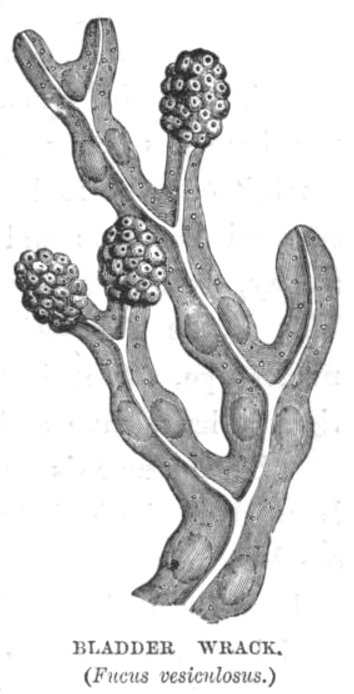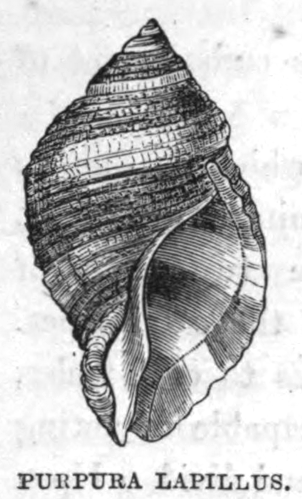Found 8 March 1909, on the beach near Coldingham, Berwickshire.
In a bottle:
Captain or anyone who receives this message shall receive the remains of the Dundee whaler Snowdrop, collided with iceberg. No hope. 14th November 1908.
The Snowdrop left Dundee on 23 April 1908 to hunt whales in the Davis Strait, between Greenland and Canada in the Arctic Circle. The ship was the smallest whaling vessel in its fleet, with a crew of just ten, including the ship’s owner (and harpooner) OC Forsyth Grant, its captain and expert Arctic navigator James Brown, and a 17-year-old Eskimo named Inear. The ship was last reported safe and well on 8 June 1908. Nothing else was heard until the arrival of this message, which confirmed suspicions that the Snowdrop had been lost in the Arctic.
Then, on 16 September 1909, with the ship missing for over a year, a telegram was received from Indian Harbour, Labrador. The telegram reported the arrival there of a young man named Alexander Ritchie, an able seaman, and a member of the crew of the Snowdrop.
Ritchie explained that the ship had been lost in the Frobisher Strait on 18 September 1908, but the crew had escaped into a boat, which had drifted for several days before reaching Baffin Island. There, the crew had found an Eskimo village, where they spent the winter “on the verge of starvation” but cared for by the friendly natives. In the spring, Ritchie had crossed the hundred-mile part-frozen strait between Baffin and Labrador by foot, dogsled and boat in order to seek help.
The schooner Jeanie sailed to Baffin Island to rescue the crew, and returned to Labrador on 25 September 1909. However, one man was missing. John Morrison had set off with Ritchie to cross the strait, but had suffered severe frostbite and gangrene that required one foot and part of the other to be amputated, with the procedure carried out by Eskimo women. When the Jeanie arrived to rescue them, the crew had not seen Morrison for several months. A three-day search was fruitless, and it was surmised he was “in the interior with natives”.
The crew of the Snowdrop returned to Dundee in October 1909, 18 months after they had left. (The photograph on this page shows the crew arriving home.)
There were several attempts made to find Morrison during subsequent whaling trips to the Arctic. A year later, in October 1910, the Dundee Courier reported the tragic news: “Poor Morrison is Dead!” While in the care of the natives, the gangrene had returned, and a further amputation had been performed, from which he had not recovered. It was thought that Morrison had died in December 1909, two months after his crewmates had returned home.
[Scotsman, 11 March, 17, 20, 27 September, 4, 18 October 1909, Dundee Courier 5 October 1910]








